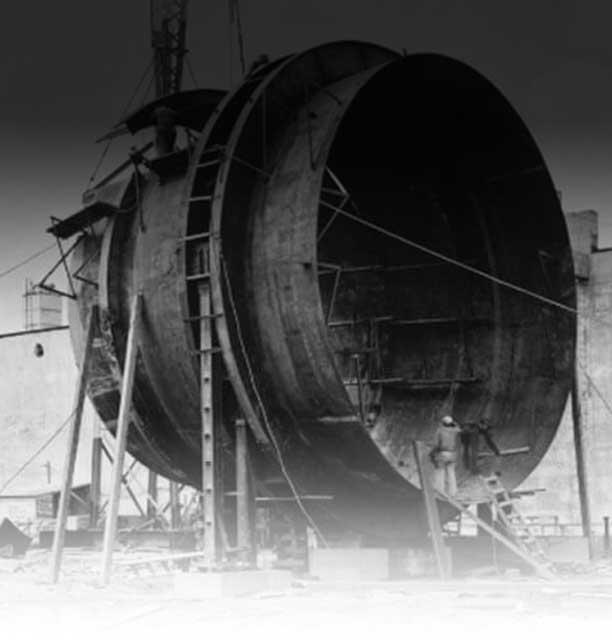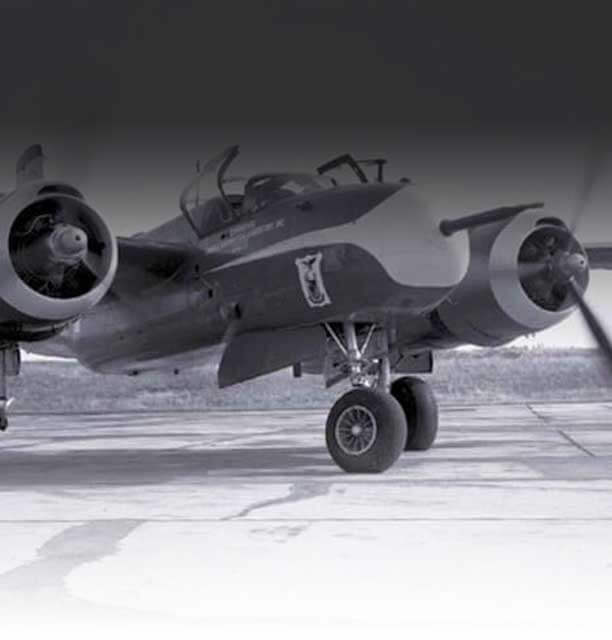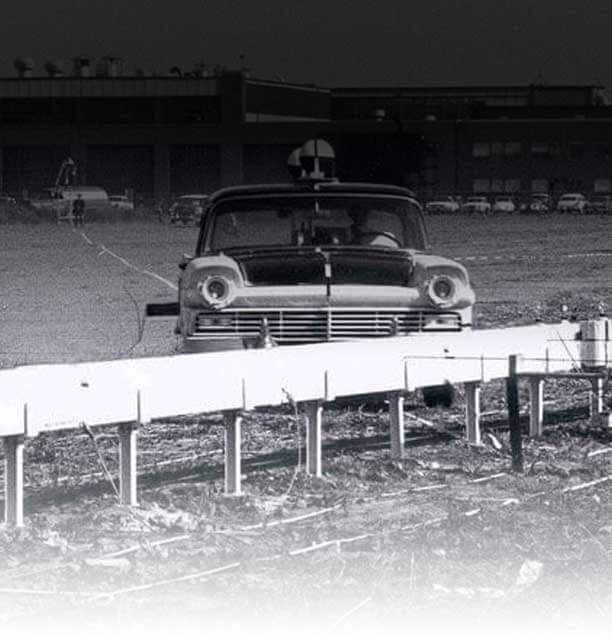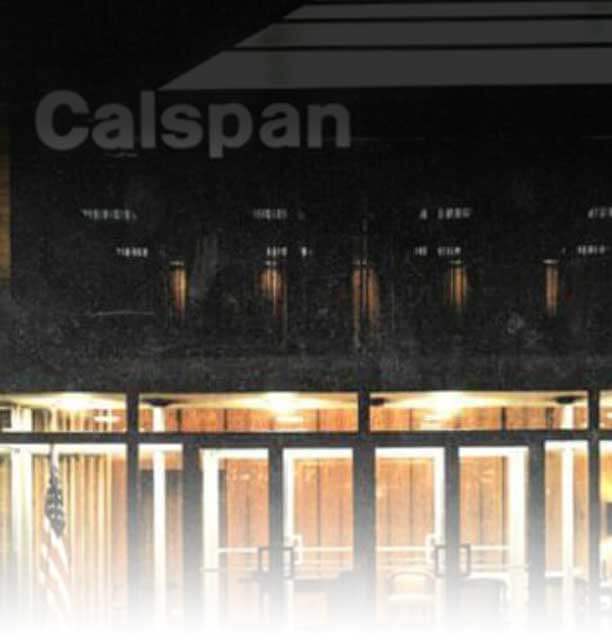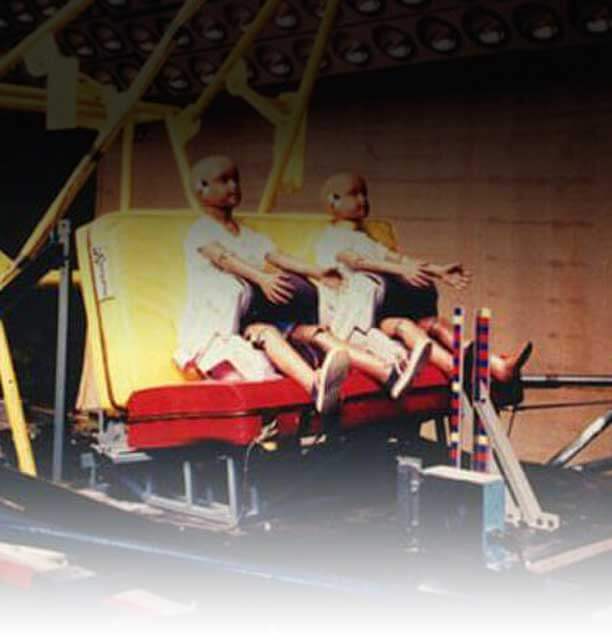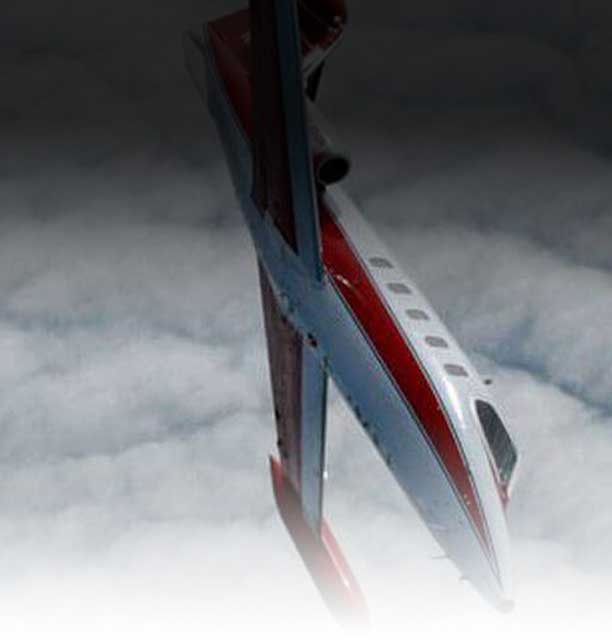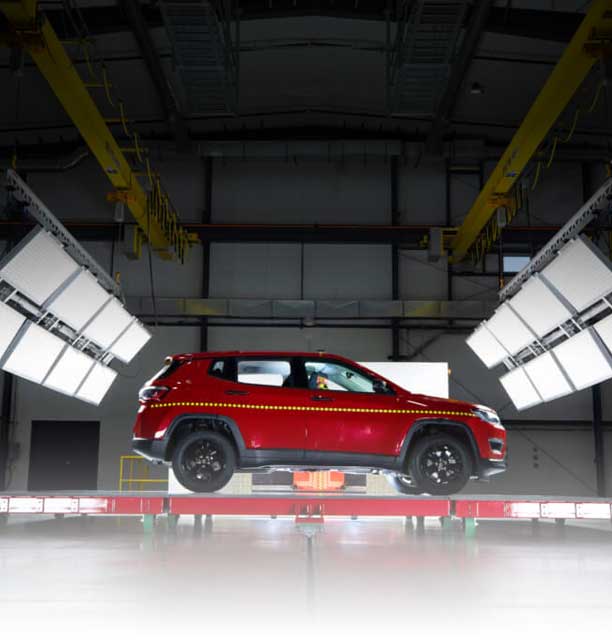1990s
75 YEARS OF TESTING THE FUTURE

1990
Operations of the 48" and 96" hypersonic test facilities were transferred to the not- for-profit company called the Calspan-University of Buffalo Research Center, (CUBRC).
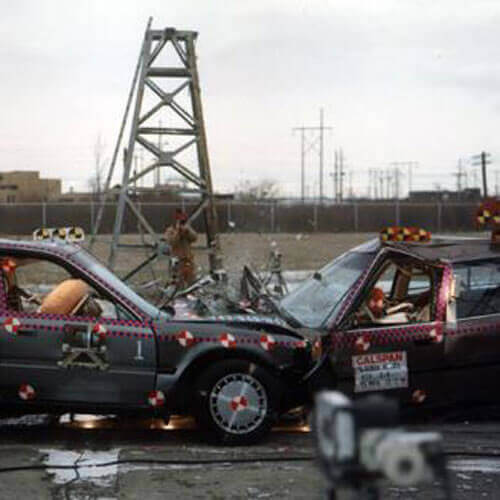
1991
Calspan begins performing car-to-car offset testing with both vehicles in motion.

1991
The second variable stability Learjet (N102VS) becomes operational.
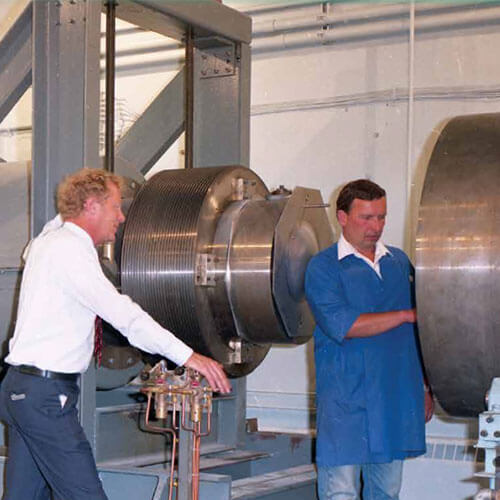
1991
The U.S. Army Ballistic Missile Defense Office (BMDO) contracts CUBRC to construct and operate the nation’s most advanced hypersonic test facility, the “Large Energy National Shock Tunnel,” (LENS). LENS is located on the Calspan Genesee Street campus and continues to expand its capabilities to support hypersonic testing for the U.S. Department of Defense.
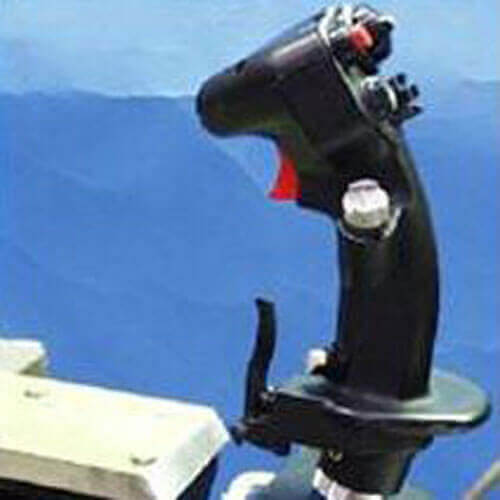
1993
Calspan develops and builds a digital model-following variable control feel system for the front cockpit of the VISTA F-16 and for the VAAC Harrier research aircraft.
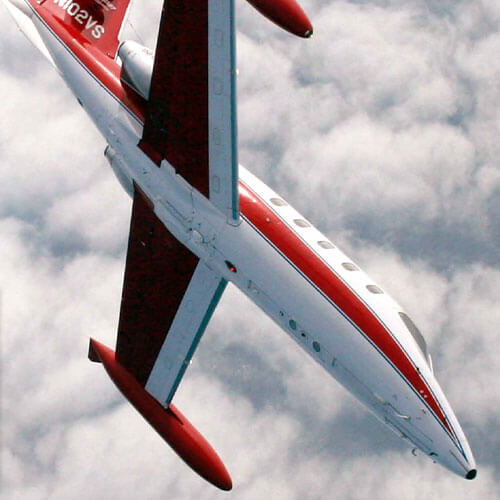
1994
Calspan became involved in aircraft loss of control events. With Calspan’s in-flight simulator aircraft, which have programmable flight control systems, the airline pilots could be given a training flight where many upsets and malfunctions could be experienced in a single flight.

1995
USAF accepted the VISTA and it was immediately assigned to Calspan as a contractor-operated aircraft with the two other USAF owned in-flight simulators, the NT-33A and the Total In-flight Simulator (TIFS) aircraft.

1995
A management buyout of SIII from Arvin Industries had taken place. Calspan SRL Corporation was now operating as an independent company for the first time since 1978.

1997
Calspan merged with Veda International which was a similar size defense contractor with major offices at Patuxent River, MD, Dayton, OH, and San Diego, CA. The newly formed company was called Veridian. Over the next three years Veridian grew rapidly due primarily to acquisition of several companies which provided technical support for the government with a focus on classified contracts.

1997
The Company wins a major transonic wind tunnel contract for Joint Strike Fighter (JSF) testing.

1998
US Olympic skiers receive training at Calspan’s low speed wind tunnel. Picabo Street wins a gold medal in super giant slalom at Nagano, Japan.
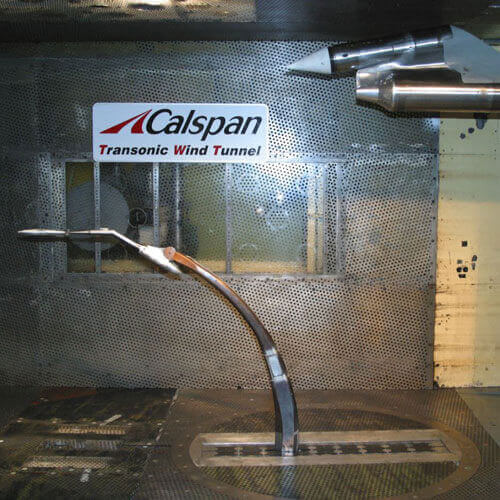
1998
A new captive trajectory simulation (CTS) system becomes operational for weapons integration testing in the transonic wind tunnel. Many years of testing have now used this version of the CTS with all the motions (except roll angle) actuated under the floor of the cart and out of the airstream.
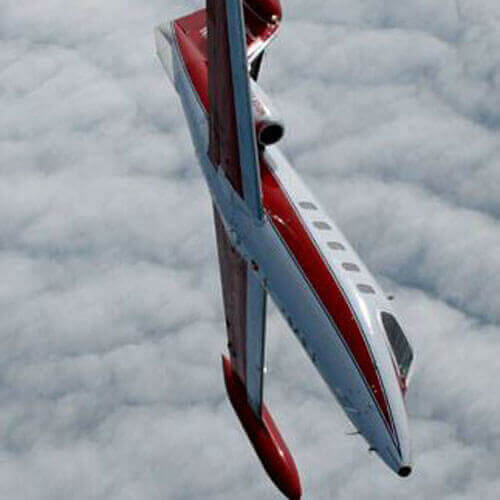
1999
The Company develops the only airborne simulation-based upset recovery training program to help reduce the leading cause of commercial airline accidents.
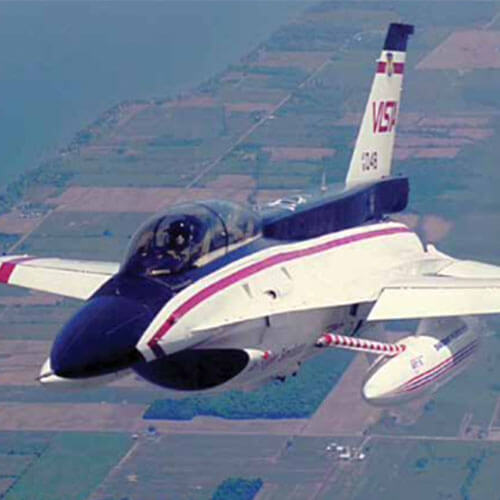
1999
The VISTA aircraft was permanently relocated to Edwards AFB where itis currently based at the Air Force Test Pilot School. Operations and maintenance support for the aircraft remain with Calspan.
